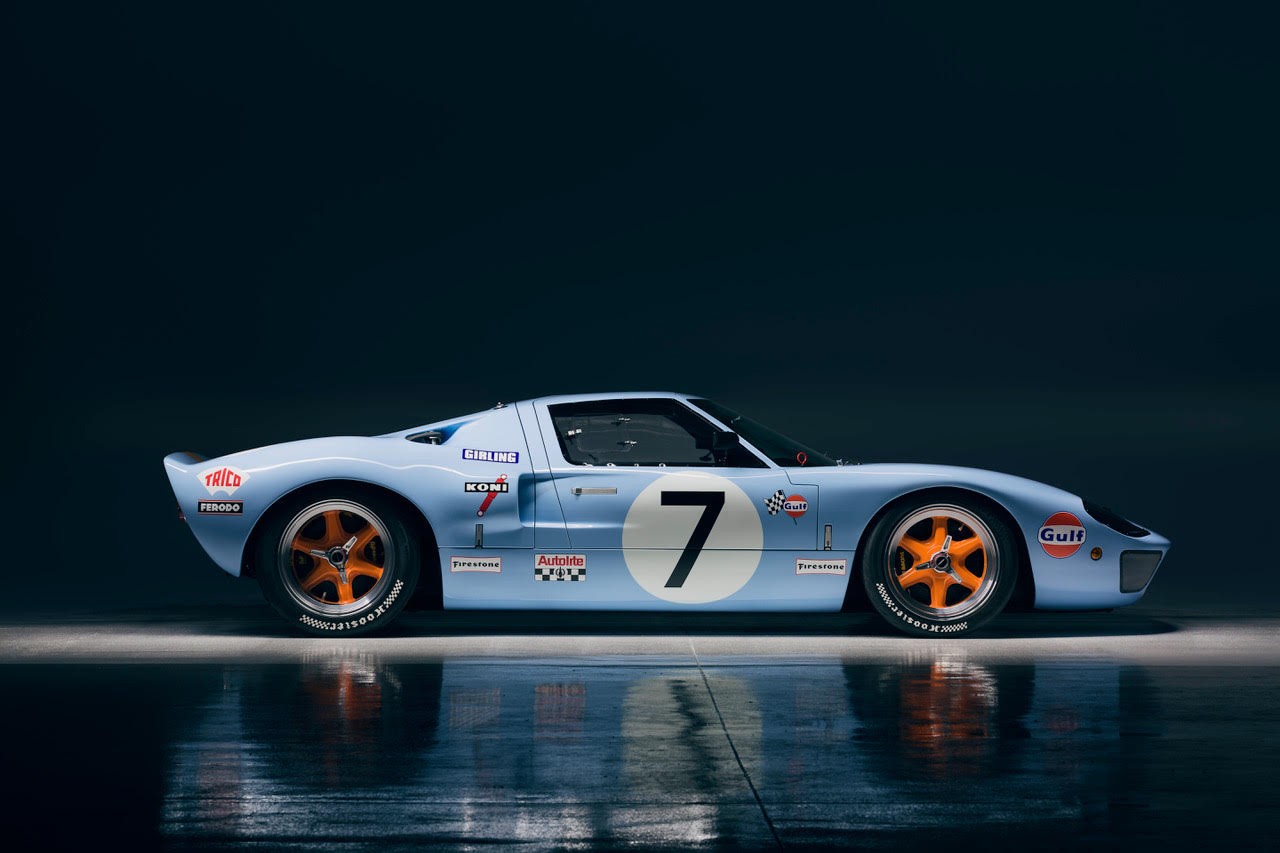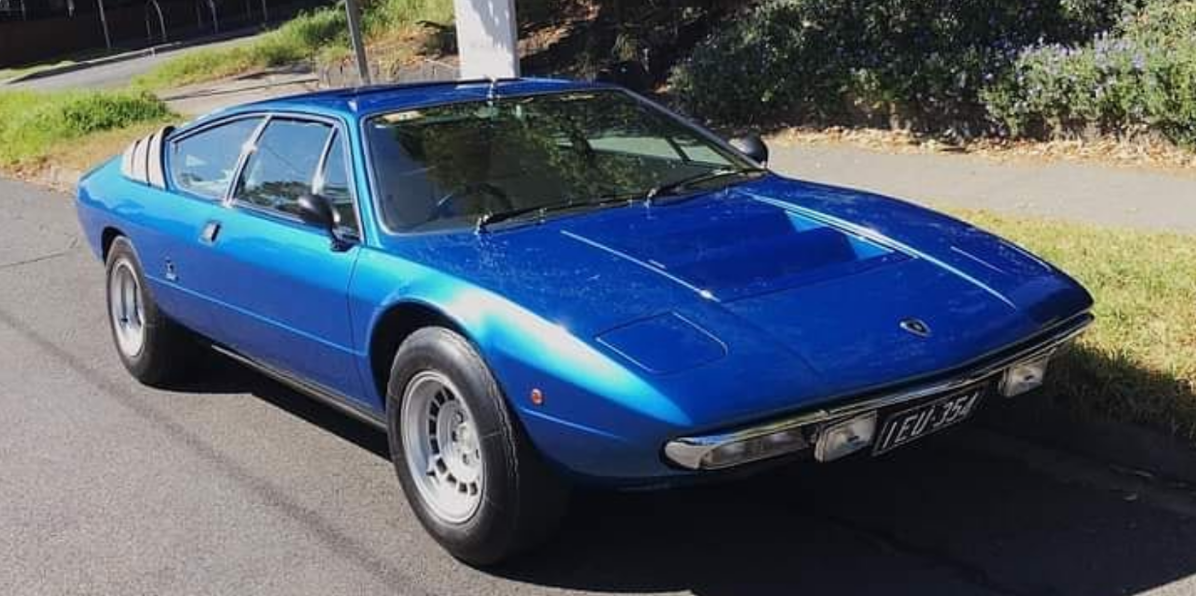40 YEARS OF PHOTOGRAPHY AND THE LIFE OF JOHN TOSCANO
John Toscano’s career spans over four decades, yet when he talks about photography, he still discovers new ways to capture what excites him. His lens has been trained on some of the world’s most exhilarating moments—Formula One, the Australian Open, rugby, and rock concerts—each providing its challenges and rewards. It’s the rush of excitement, the passion of the people, and the evolution of motorsport that continues to pull him in.
The first time John captured a Formula One race was as a hobby, a chance to experience a world he had long admired. “I asked a friend to write a letter,” he recalls, “and the organisers said, ‘Yes.’”
That simple step began a lifelong journey that would see John photograph legendary races, iconic drivers, and behind-the-scenes moments that would define the sport’s golden era. It was 1983, and he was given access to the Austrian Grand Prix. It was a moment in history, but for John, it wasn’t just about the race—it was about understanding the people who made it all come alive.
John’s career in motorsport photography is not just a chronicle of speed and machines but of the people woven into the fabric of the sport. Over the years, he’s witnessed the rise of some of the world’s most celebrated drivers, from young talents like Michael Schumacher to the seasoned legends of the track.
“It’s like following a child,” John says, “watching them grow, get better, change teams, and then, over time, they become champions.” This dynamic of progression, the stories of individuals moving through their careers, has kept John coming back to the track year after year.

THE EVOLUTION OF MOTORSPORT
As much as John’s work has captured the glamour and intensity of the racetrack, he also sees Formula One as a mirror to a changing world. The late 80s and early 90s remain the golden years in his mind. There were no barriers in those days—photographers could stand right next to the track, practically feeling the engines’ heat and the drivers’ intensity. Safety was minimal, and the sport felt raw and unfiltered. John was in Austria for his first race, watching drivers and photographers alike work in an atmosphere that felt as dangerous as it was exhilarating.
“I remember seeing Ayrton Senna, Alain Prost, and Michael Schumacher—those were the golden years,” John says, reflecting on the fierce rivalries and incredible displays of skill that defined the era. “You could feel the tension between the drivers, the passion that pushed them to go faster, even when they knew the risks.” This period, he believes, laid the foundation for the sport we know today, with the safety advancements and technological innovations that have followed.
Though safety has dramatically improved, John remains nostalgic for the days when the sport felt more like a battleground, less controlled, and far more unpredictable. Still, the emotion of the sport has never been lost. “When you capture a driver’s eyes locked in concentration or the raw joy of victory, that’s what matters,” he says. “It’s the humanity behind the mask, not just the machines.”
CARS AND WATCHES
Photography, for John, is about telling a bigger story—one that encompasses the technology, the people, and the culture surrounding motorsport. But what many don’t realise is that this narrative extends beyond the track.
The connection between motorsport and watches has fascinated John for years. He was there when brands like Heuer were first associated with the sport and remembers how specific models became synonymous with particular drivers. “The connection between watches and motorsport goes way back,” John explains. “Steve McQueen wore a Heuer in Le Mans, and in the 70s, Tissot was associated with the Lotus team.”
Whether a Heuer or a Rolex, these watches are symbols of precision, status, and identity. “Every Formula One team now has a watch brand associated with them,” John notes. “It’s not just about the cars anymore. It’s about what’s on the wrist, the lifestyle accompanying it.”
CAPTURING ICONIC MOMENTS
John has honed the craft of creating an iconic photograph over the years, but it’s not just about technical precision. While many photographers focus on achieving the perfect shot, John believes the moment’s emotion truly elevates a photograph. “What makes a photo iconic is not just sharpness or clarity,” he explains. It’s the emotion behind it.”
John recalls a moment he captured when Michael Schumacher won his first World Championship. He remembers being in the pit garage with dozens of other photographers, all vying for the same shot. Instead of joining the crowd, he stayed in the background and shot from a different angle. The result? In a series of photographs, Schumacher’s eyes meet the camera, his face partially obscured by his wife’s embrace. The moment was blurred, but it was undeniably powerful. “Sometimes, the blur tells the story more than a perfectly focused image,” John says. “It’s the motion, the feeling of the moment.”
Photography is not just about the technical aspects—it’s about capturing the intangible, the emotion that can’t always be captured by the camera’s lens but is unmistakably present when the shot is made. His philosophy is clear: “You don’t always have to freeze a moment in time. Sometimes, it’s about showing that the moment is still moving, still unfolding.”

BREAKING INTO THE INDUSTRY
John’s entry into the world of motorsport photography wasn’t by chance. Like any profession, it required a deep understanding of the industry, a bit of luck, and, most importantly, the ability to put oneself in the right place at the right time. “Breaking into photography is about getting as close as possible to the action,” John advises. “If you can create a story, people want to see it. Don’t be afraid to take a different approach.”
John’s advice is clear for aspiring photographers: “Look for your vantage point. Be in places where no one else is. Create a story that goes beyond the obvious.” With the advent of smartphones and social media, everyone has access to a camera, but John knows that to create something truly special, you have to dig deeper. “Don’t just photograph the obvious,” he says. “Find the hidden moments, the ones that tell a story.”
Brendan’s decision to incorporate seating into the event isn’t arbitrary—it’s part of the immersive experience. Attendees will naturally find themselves drawn into the details of the cars in a relaxed yet intimate way.
THE LIFELONG PASSION
After four decades of capturing the world of motorsport, John Toscano’s passion for photography remains as vibrant as ever. The cars, the drivers, the technology—they evolve with every race. Yet, for John, the core of his work remains unchanged: it’s about people. “There’s always something new,” he says, reflecting on the endless opportunities that motorsport provides for those who capture it. “The drivers, the cars, and the culture—they all evolve.” And in those evolutions, John finds endless inspiration.
What has kept him coming back for so long is his deep connection to the human side of the sport. It’s not just about the cars or the track; it’s about the stories unfolding in each moment—stories of determination, triumph, and sometimes, defeat. From the early days of photographing F1 races, where there were no barriers and photographers could almost feel the heat of the engines, to today’s high-tech, highly commercialised world, John has always focused on the emotion behind the action. “Success, for me, is about doing what I love,” John says, speaking not of fame or accolades, but of the joy he finds in his craft. “If I wake up and enjoy what I do, that’s enough for me.”
John’s photos tell stories—stories of iconic drivers, crucial moments, and fleeting emotions. He doesn’t just capture the race; he captures the humanity of it. “A great photo isn’t about perfection,” he explains. “It’s about capturing the emotion—the moment that tells the story.” Whether it’s a blurred image of Schumacher celebrating his first world title or the focused determination in a driver’s eyes before a race, John’s work reveals the soul of motorsport.
As he continues to photograph, John finds that his passion has only deepened over the years. “There’s always another moment to capture,” he says. “Always something new to discover.” His career isn’t defined by a single iconic shot but by the body of work he’s built, a collection of stories that have spanned decades. John Toscano’s legacy in motorsport photography is one of dedication, passion, and the unyielding drive to connect people with the heart of the sport. His work will continue to inspire for years to come, and if you haven’t met him yet, you’ll want to—because his story is one worth knowing.



